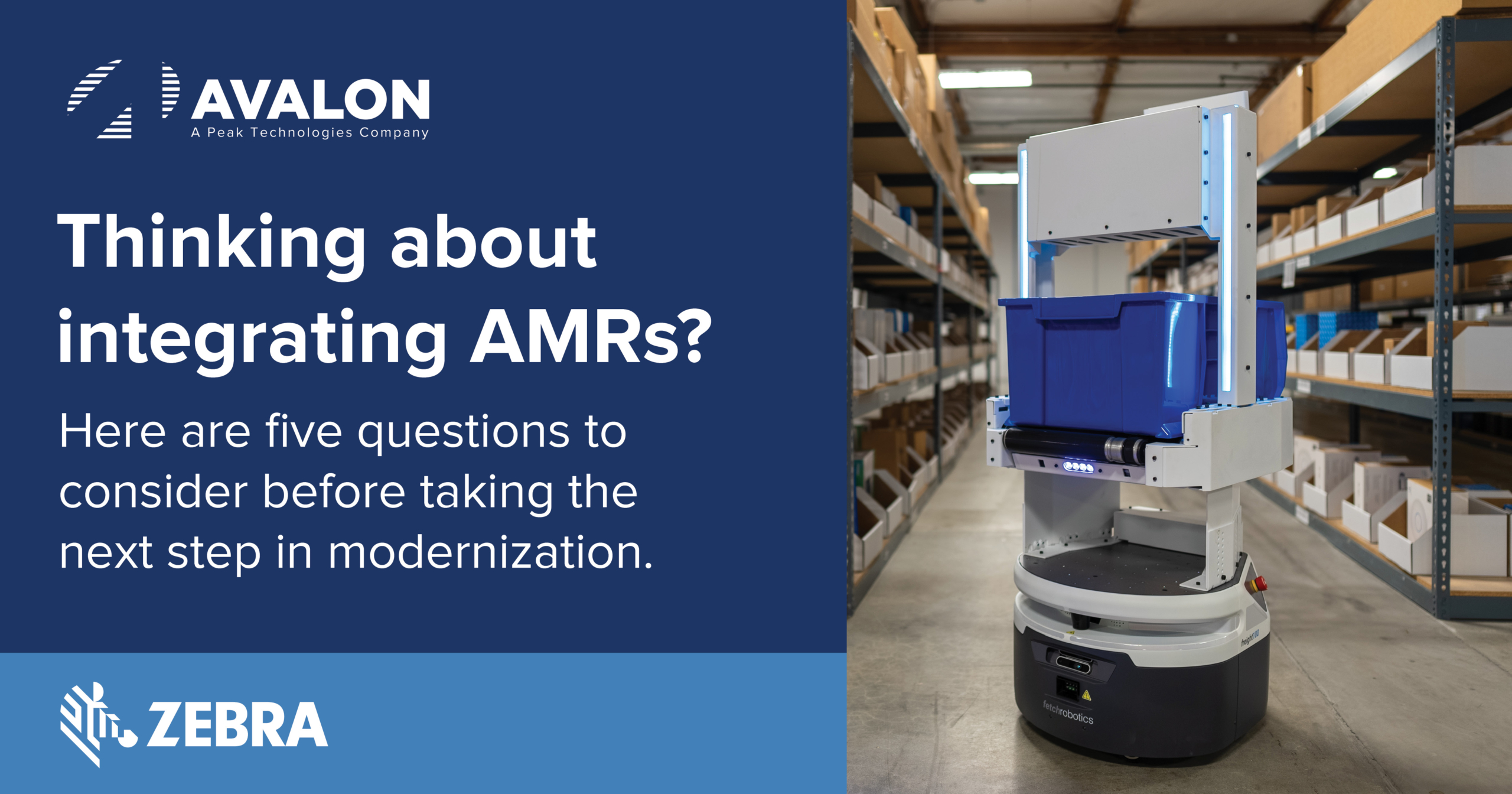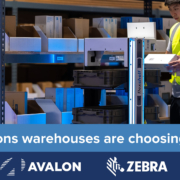Automation currently leads most modernization efforts, coming in the form of Android handheld devices, versatile rugged tablets, tap-and-pair mobile printers. In conjunction with these efforts, automated mobile robots (AMRs) have seized public interest. Current labor shortages and spikes in demand for faster and more accurate service have further fueled the need for flexible automation and digitization. Recent studies have shown that more than half of warehouses have cited hiring and retaining long-term workers among one of the biggest obstacles faced today, with 85% currently prioritizing labor optimization. Replacing the need for extraneous labor efforts, AMRs are able to empower workers by automating pallet movement, diminish travel time by 60%, and eliminate repetitive tasks without burdening the human workforce.
As decision-makers move towards integrating AMRs into their operations, experts recommend considering the following questions:
1. How will you measure ROI?
Most specialists estimate AMRs should yield measurable results within 2 years at max, with order fulfillment speed being the first change to be recorded. While there are many ways to calculate ROI, a few indicators to look for include…
- Increasing fulfillment speed – Since travel time is diminished, there should be less replenishment delays and bottlenecks impacting throughput rates.
- Improved worker safety – AMRs are made to carry heavier loads and may sport a sensitive motion scanner to prevent collisions. This spares workers from straining themselves or running into machinery.
- Lowered operating costs – As delivery timeframes are met and stock is quickly moved to the appropriate space, there should be less costs associated with inaccurate orders, mis-shipments, and sudden out-of-stocks.
2. Do you have sufficient space?
While AMRs may not require a complete warehouse redesign, some solutions may require dedicated space within your operations for…
- Navigation – Tight spaces and sharp corners can limit the AMRs’ ability to move freely around the warehouse.
- Battery charging – Appropriate space may be required for charging different fleets when they’re not in use.
- Maintenance – While enterprise devices are designed to withstand harsh environments, AMRs still need to be updated and serviced.
3. Are other methods of automation already in place?
In addition to AMRs, support systems such as automated data capture and mobile computing further eliminate errors and speed up processes by enabling workers to accomplish more in less time. Before implementing robotics, set a digitized foundation with:
- Android’s enterprise OS – Familiar and adaptable, Android enables you to add your preferred applications within its open ecosystem for easy adaptability. Its recurrent OS updates and security patches also further protect your operations from cyberattacks.
- Real-time stock updates – By streamlining data capture and computing through one handheld terminal like Zebra’s handheld computers, your workers can update counts and communicate with each other digitally.
- Push-to-talk capabilities – Speaking of communication, team communication goes a long way in keeping the workforce updated of any changes and emergencies across the facility.
4. What fleet control system will you use?
Selecting hardware is only half the battle when it comes to modernization. To maintain complete efficiency, your fleet management system should be able to connect to your WMS system to receive directions and real-time inventory updates.
5. Is your solution scalable?
The propensity for change in the supply chain is the only constant warehouses can continue to expect in the years to come. As material shortages challenge efficiency alongside labor shortages, it’s crucial to maintain integration and update simplicity to facilitate solution growth. If AMRs are unable to connect with the rest of your mobile devices, they may not be the most suitable option for your business.
Once these questions are answered, businesses can create a more realistic and proactive solution plan to minimize implementation hurdles. This can also help narrow down which kinds of AMRs to integrate. To explore your options or for more assistance on how to evaluate your warehouse, talk to one of our modernization experts and explore a broad portfolio of technologies to create customized and scalable solutions.



